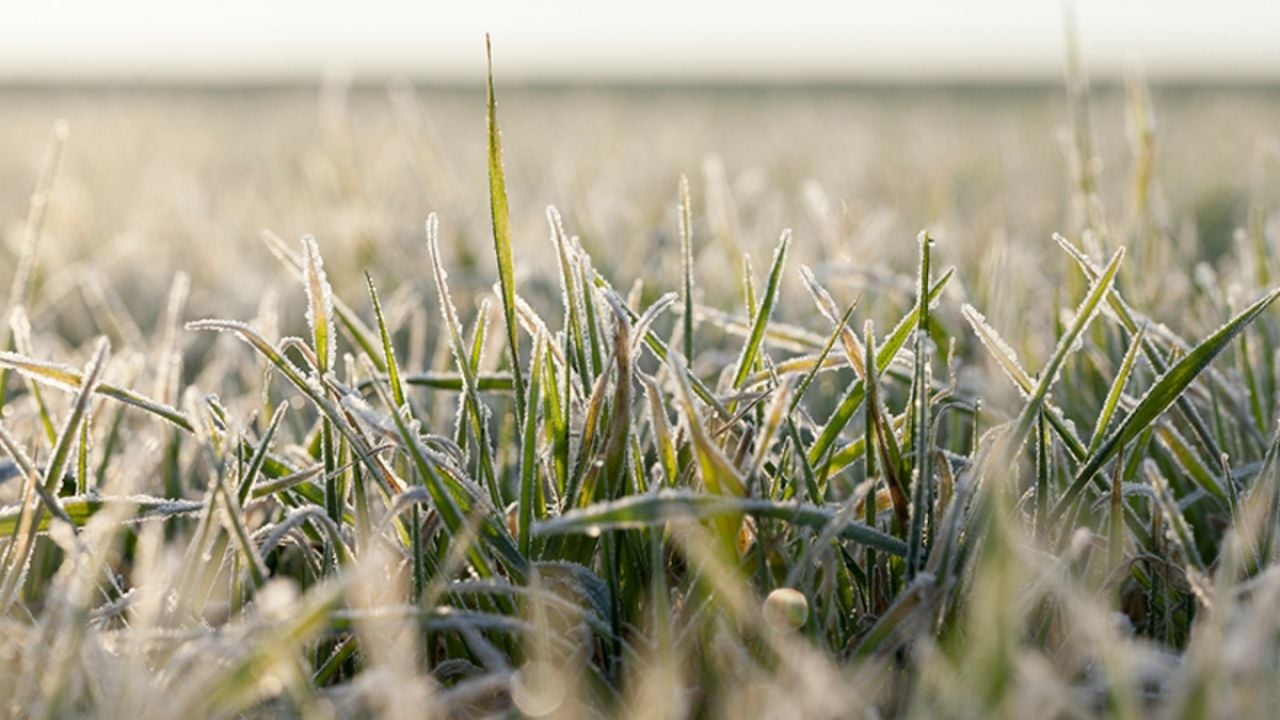
As farmers struggle with a plummeting farm economy in the wake of President Trump’s trade war, the administration is rushing to send a second round of cash payments – reportedly totaling $15 billion to $20 billion – to farmers across the nation.
Trump’s tariffs are hitting farmers as they are also struggling with floods, drought and other extreme weather conditions accelerated by climate change – the subject of a hearing Tuesday by the Senate Agriculture Committee. Meanwhile, farm country is plagued by a public health crisis, as chemical runoff from croplands contaminates sources of drinking water for millions of Americans.
A good chunk of Trump’s first $12 billion farm bailout ended up in the pockets of absentee “farmers” in cities like San Francisco, New York, Los Angeles and Washington, D.C. Instead of taxpayer-funded handouts to city slickers, a small fraction of those billions could go toward a simple, proven strategy to help farmers deal with climate change and protect drinking water: planting cover crops.
Cover crops are off-season crops – like rye or oats – that absorb chemical runoff from corn and soybean fields. They preserve precious soil, keep pollution out of drinking water sources and lessen the need for more chemical inputs in the next growing season.
A new EWG investigation looks at cover crops in three key farm states, Illinois, Indiana and Iowa. EWG used satellite imagery to track the growth of cover crops from the 2015-16 growing season to 2017-18.
The good news is that all three states saw a net increase in acres of cover crops over that period. But the gains equal only a small slice of the over 50 million acres of corn and soy planted across those three states. In Iowa, where rural well water is overwhelmed by agriculture pollution, a mere 3.9 percent of all corn and soybean acres were protected by cover crops.
How can federal and state farm policy encourage greater adoption of cover crops?
Like traditional farm subsidies that encourage the production of commodities, cover crops require an incentive for most farmers if they are to plant them and technical help if they are to learn how to manage them. Department of Agriculture conservation programs, such as the Environmental Quality Incentives Program, authorize financial assistance for farmers planting cover crops at around $34 an acre. However, many federal conservation programs in the Farm Bill are chronically underfunded and constantly targeted for cuts.
The Iowa Nutrient Reduction Strategy recommends that 12.6 million acres, or around half the state’s corn and soybean acres, be planted with cover crops to meet the state’s water quality goals. EWG’s investigation found 907,000 acres of cover crops in Iowa – well short of what is needed, in part because the state provided only $4.8 million in incentives to farmers.
A rough calculation shows that, at a cost of $428 million, Iowa could be blanketed in cover crops at the level needed to substantially enhance water quality goals. That’s less than 3 percent of $15 billion, the low end of Trump’s coming tariff relief payments – which are only a Band-Aid on a self-inflicted wound, and not expected even to modestly help farmers deal with their economic free fall.
In Tuesday’s climate change hearing, the Senate Ag Committee should make increased support for cover crops a priority. Farmers get a check to make their farms more sustainable. Taxpayers get cleaner water. So much winning. What’s not to like?



